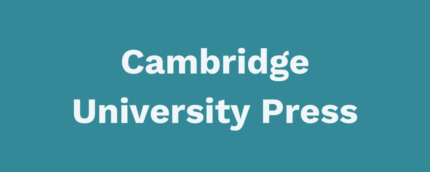Integrating community based disaster risk reduction (DRR) and climate change adaptation (CCA) is identified at the policy and practical level as crucial to aid effectiveness. Successful integration reduces both duplication of efforts and confusion at the community level. This research focuses on Pacific community based DRR and CCA initiatives, and draws upon the knowledge and insight of key stakeholders from multiple backgrounds to develop an understanding of the current status of DRR and CCA in the region. Additional understanding is gained through detailed case studies of current projects in Fiji and Samoa which highlight the challenges and best practice methods used to integrate DRR and CCA in current community based projects.
Analysis of primary and secondary data collected for this research was undertaken with the use of the Earth System Governance framework, allowing for challenges and hurdles to integration to be viewed in a new light. This approach identified a common barrier to integrating DRR and CCA to be the multitude of organisations engaged in related initiatives. Being aware of who is involved and how (including their capacity, roles and responsibilities) can assist in bringing together and encouraging collaborative efforts of DRR and CCA stakeholders. Furthermore, understanding the context in which DRR and CCA stakeholders operate – both culturally and institutionally, can further enhance integration, as can recognition of the policy and legislative frameworks in which projects are situated.
The development of concise guidelines assists in understanding the challenges involved in Pacific DRR and CCA integration, and more importantly provides practical recommendations to support agents to overcome them. To assist further still, we present four activities to develop the understanding of these guidelines in practical and thought provoking ways. These activities include developing an awareness and understanding of the agents working in DRR and CCA and the institutional and cultural architecture in which they are situated









